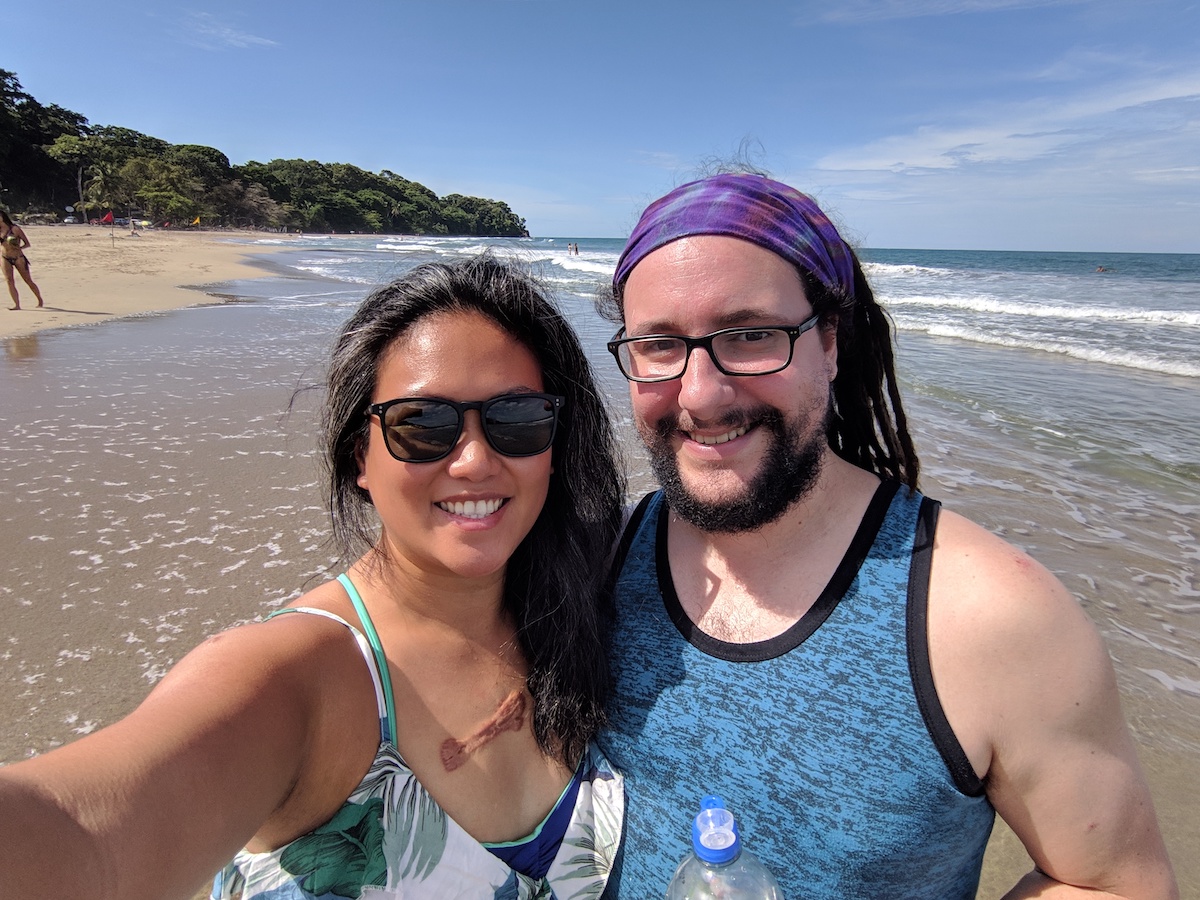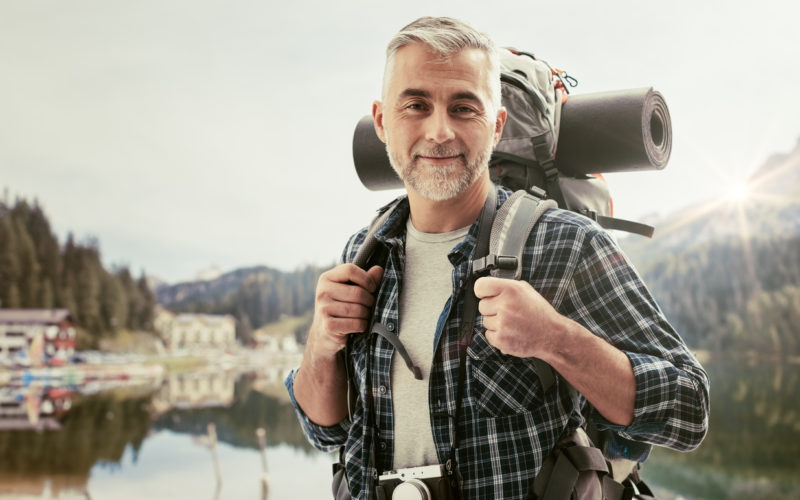Let’s face the fact that hiking gets harder the older you get. Joints begin to wear and tear, your stamina is not the same, you begin to lose muscle and in ways you become a little more conscious and safe in your process of conquering anything bigger than a hill. Below are some tips I can offer on approaching your next hike if you are within or approaching mid-life or if you just don’t hike often.
#1 Balance is More Important than Speed
Trekking poles are a must. They’re a lifesaver for me on tough hikes with a significant incline. They help to prevent falling/slipping, help with balance and reduce joint strain, which I have started to feel in my early 30s due to inflammation of the joints. I learned in yoga that using props is a GOOD thing, why would that not be the case in other activities we pursue? Combine these with a reliable hiking shoe and you are solid.
#2 Prepare for Your Hike
If you’re new to hiking, I recommend you start with low incline hikes. Research your hikes and use this Hike Difficulty Calculator to determine the intensity of your hike. Ask yourself some questions. Is it something you can you right now? Or is it something you’ll have to prepare and work towards? It’s important to listen to your body so that you don’t wear it out and can hike into your older years. Use AllTrails.com or GoogleMaps to pick your hiking location. In the Pacific Northwest (PNW) we prefer to use the Washington Trails Association website to find an appropriate hike.
Other questions to consider are:
- Are you hiking alone or with friends? Always let someone know where you are.
- How much time do you have? Are you hiking over the weekend or during the week where it is probably less busy?
- Does your hike require a permit or fee? Do you need to purchase one beforehand?
- Will I need to prepare meals and snacks for this hike?
- What should you wear? Think about the level of your hike and current weather conditions.
#3 Focus on the Experience During Your Hike
In my earlier hiking days, I strived to beat the clock only to miss a lot of what nature was presenting to me. Nowadays I recommend going at a comfortable pace and taking it all in. Try not to rush through an experience and miss out on the reason you are hiking in the first place. Enjoy all the sounds, sights, and smells around you. Find a quiet place along the hiking trail to meditate any chance you can get. For meditation I use Insight Timer or work on awareness of the qualities of my breath (length, sound, texture, and temperature).
#4 Never Forget about Post Hike Therapy
Just like any workout, it’s important to massage out your muscles to keep them healthy and happy. I highly recommend using massage sticks to roll out any sore muscles. The sticks are very portable and can even be stored in your vehicle for post-hiking therapy. I have one in my car and at home. Sticks are more convenient to use than foam rollers. It’s also easier to apply the appropriate amount of pressure when using a stick. Regardless, don’t forget to massage out your muscles after an arduous hike.
I’ve also started to use kinesiology tape which as been great in supporting my muscles in long hikes. My chiropractor suggested that I use them to prevent ligaments from stretching while in yoga and on long hikes. It has supported my knees and shoulders immensely.
#5 Bring the Right Gear
Below are some gear that I use interchangeably between hiking, yoga, camping and other activities. They’re multi-use products for me, which may be perfect for your lifestyle too.
A reliable hiking backpack. I prefer the Cotopaxi Luzon 18L packable lightweight backpack. The backpack is very durable and can store all your essentials. It’s also water resistant and comes in a slew of bright colors.
The Heroclip is a multi-tasking tool that allows me to keep my belongings off the ground. It can be hung from trees and can carry up to 60 pounds. I use it when camping, hiking and even traveling. Heroclip is woman owned and operated and was fully funded through their IndieGoGo campaign. When hiking with my dog, I loop her leash into the Heroclip and connect it from my backpack so that I have a handsfree experience while hiking. Buy the Heroclip here.
Sport towels are multi-use for me. I use them as a strap replacement, cushion for my bum when the only thing I can sit on are rocks, to wipe my sweat off my forehead and so much more. Sport towels dry quickly, compact and are lightweight.
Don’t forget the water bottle. Along with air, here is another life source needed to get you anywhere. I personally prefer the Hydroflask because it’s vacuum sealed and keeps cold for 24 hours, but any water bottle works!
Lastly, don’t forget your sunglasses, sunscreen, a pair to comfortable hiking boots and hiking socks.

Join Alex and Larry on our journey, as we find love, eat great food, and travel to beautiful destinations. #weloveeattravel
